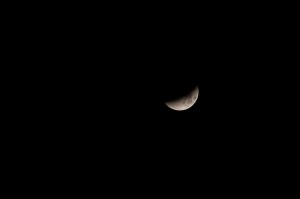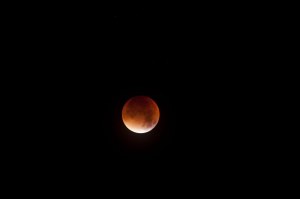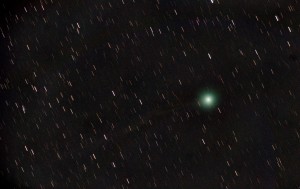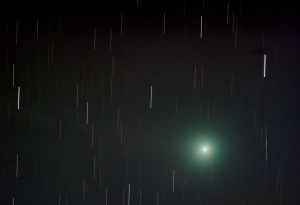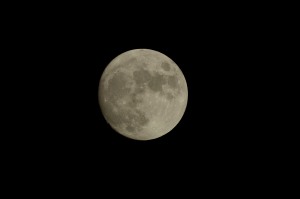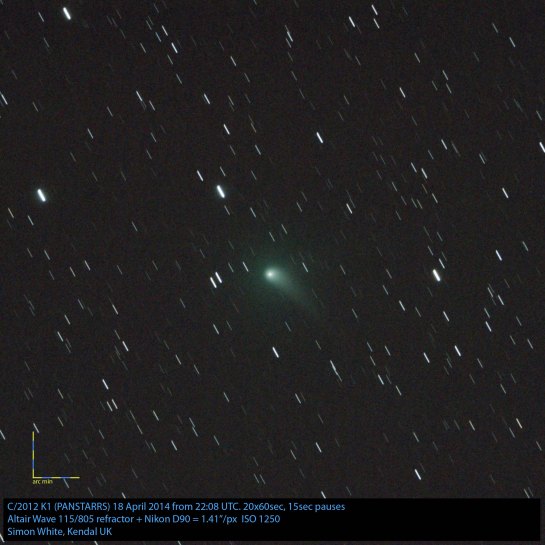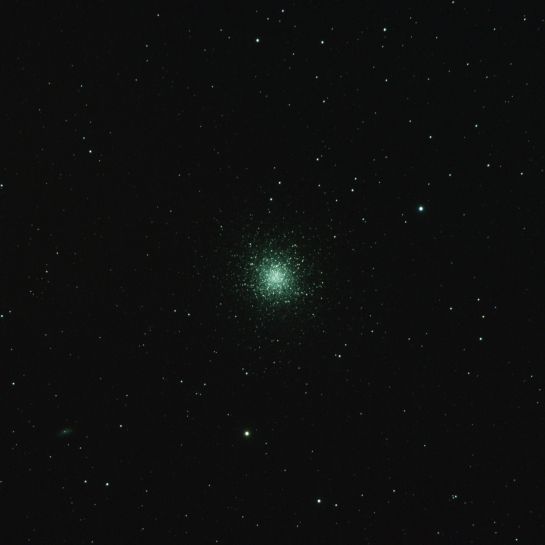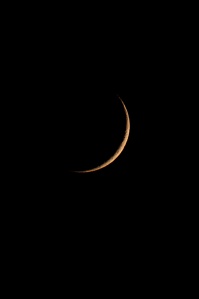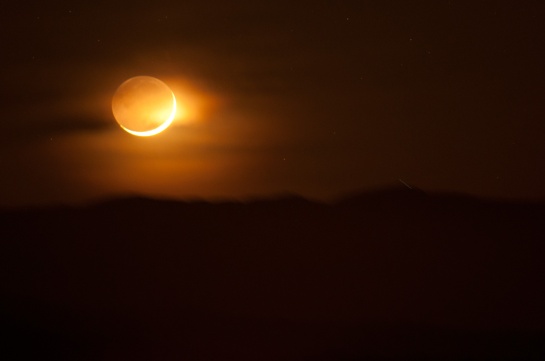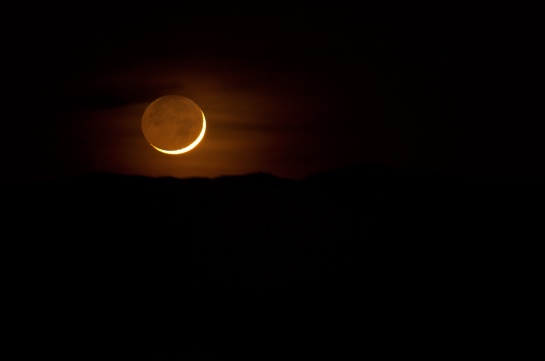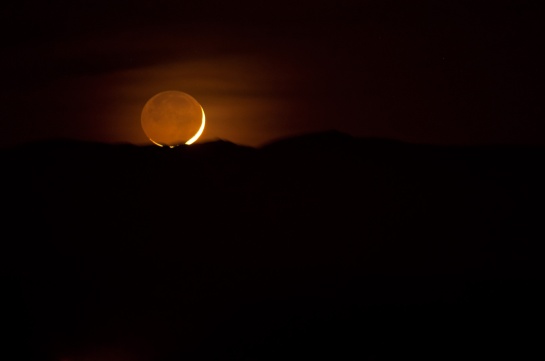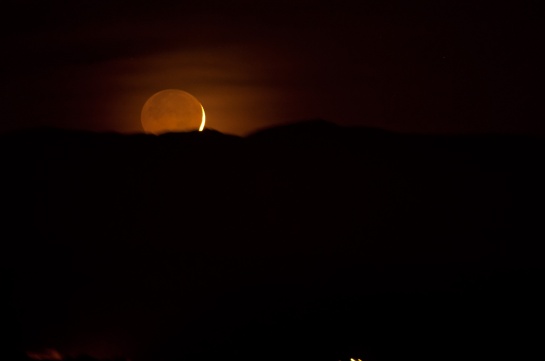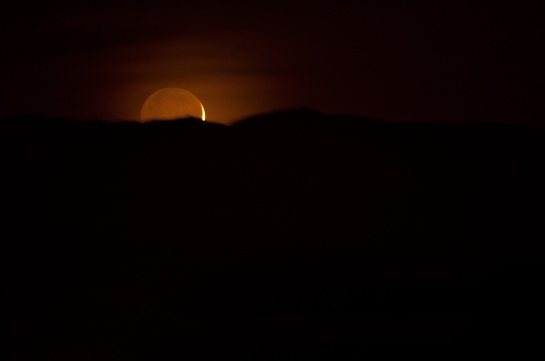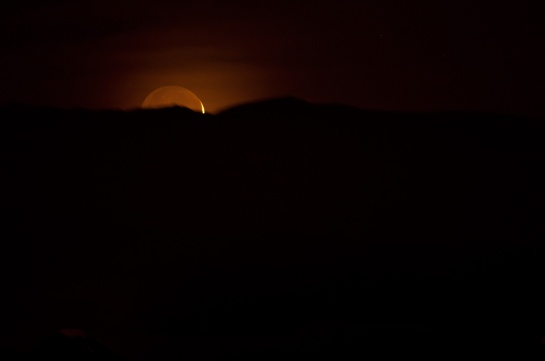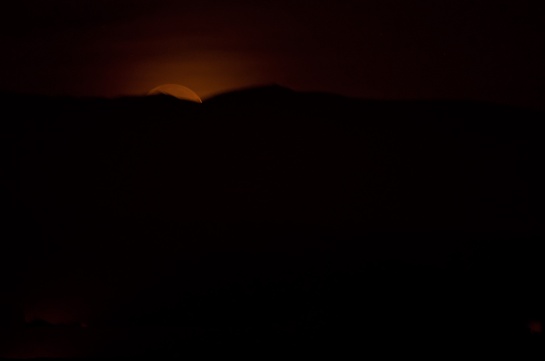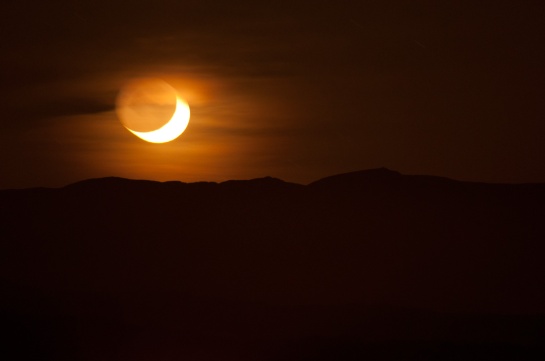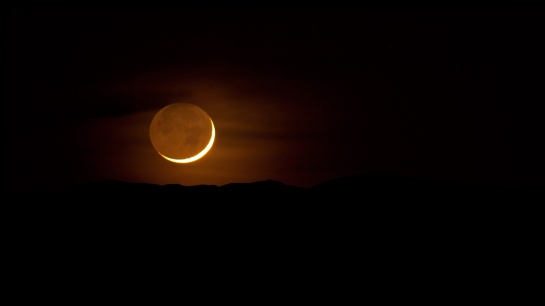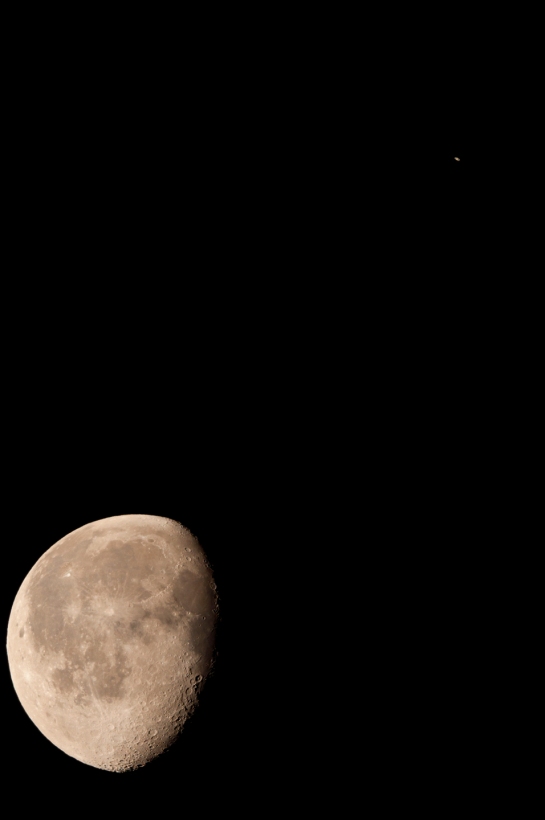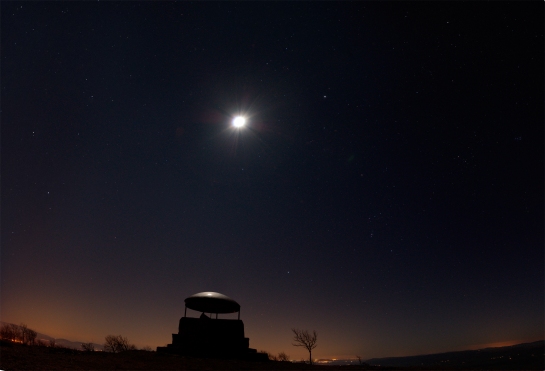Torn between astrophotography and sleep for this one! Our walking holiday on the Amalfi coast had finished on Saturday with a beautifully long slow lunch among friends on the terrace at Leonardo’s in San Lazzaro, and our late flight out of Naples finally put us down at Gatwick at about 11.30pm. Overnight hotel at the airport, train journey to have lunch with my mother-in-law (where we had left the car) then a five-hour drive home to Cumbria. We arrived home in the early evening on Sunday, ready to drop.
The Moon was set to move into the Earth’s full shadow at about 2.15 Monday morning, so I set the alarm for 1.30, as you do. The forecast was good, it had been improving steadily over the last couple of days, and I guessed that if I woke up and looked out just before the start of the action I would be able to decide whether it was worth setting up a session.
1.30 brought glorious clear sky and an added bonus: the Moon’s position meant that I could catch at least a couple of hours from my own back yard. That was the deciding factor – just the trusty DSLR on a tripod with the 300mm telephoto lens. This was the view at the start, reproduced actual size in the viewfinder:
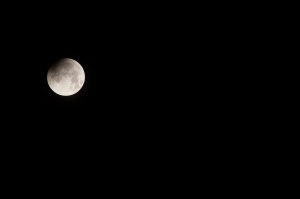
2.06am. The shadow is just visible.
Nikon D90 through Nikkor Nikon 300mm f/4 AF.
1/1250 sec f/8, ISO 800.
I decided to take one shot every 30 seconds, with the intention of stitching them together as a time-lapse video. Of course the Moon drifted fairly quickly across the frame so the tripod had to be adjusted every few shots.
By the time the Moon was about to disappear behind the house, it was in full eclipse.
Noticeably very red to the naked eye – and the camera – it was somewhat of a disappointment in binoculars as the brightness dropped so significantly. This could be because the Moon was almost at perigee (the so-called “supermoon”), closer to the Earth than normal and therefore deeper into the cone of the Earth’s shadow. The air went a little murky too, so the final shots lost some definition.
Each frame had to be cropped and realigned to make the video run smoothly. Stitched together and reduced from 4288 x 2848 to 1000 x 1000 pixels, these make a reasonable time-lapse.
